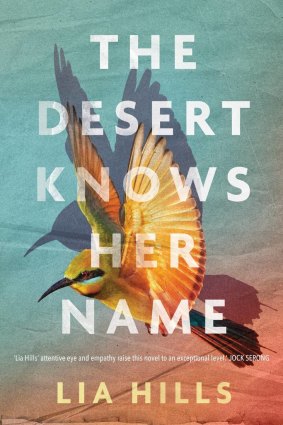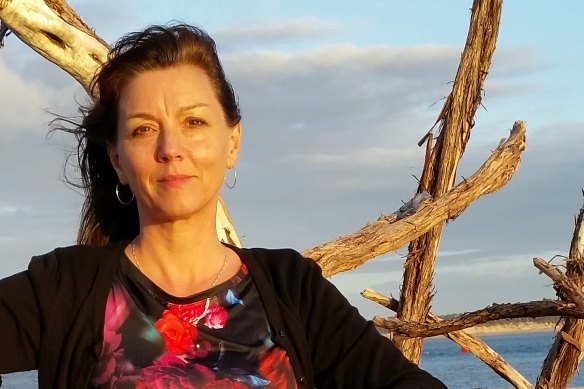

FICTION
The Desert Knows Her Name
Lia Hills, Affirm Press, $24.99
Rivers, land, trees – nature itself now has the legal right to sue any party that intends to, or has, damaged it. Not de facto, not through groups acting on their behalf, but through the act of interpretation. It is an extreme act of interpretation because one party works in a spoken language; the other works in the silence of immanence. The film Arrival managed this intergalactically. In The Desert Knows Her Name, Lia Hills works in a fictional – not legal framework – with this untamed, glorious idea.
A young girl, aged 12, maybe 13, barefoot and long-haired walks onto a property on the edge of the desert in the Wimmera Mallee region of Victoria. The property is owned by Beth, reclusive, fond of gin, “impatient for a better world”. Beth collects the seeds from the desert and sells to people who, like her, want to tend and protect. Her one-woman outfit is called Song of the Seeds and when she posts seeds across Australia, she includes careful instructions for their coaxing along. Her idea is that anything natural to the ancient land is better growing even hundreds of kilometres out of its original place, so long as it is on the same continent. For a while, at least, it will be preserved for whatever the future brings.
Beth watches from her house as the girl emerges from the dust and sun. She probably believes the house is abandoned; possums have equal ownership with Beth. Beth’s initial reaction is a hope that the girl will go back into the desert but, remembering a vow she made, of “being attentive to all living things”, she goes out to her.
The girl is mute but seems to understand that Beth doesn’t mean her any harm and lets her lead her into the house. There she gives her water from an old jug protected from flies by a piece of paper. When the girl tips the jug to her lips and then dangles it from her hand in exhaustion, Beth rescues the jug. She doesn’t want it broken because it is one of the few things she has from her grandmother, from her past.
One of the many lovely things in this ingenious shimmer of a book is the concept of the past and present living in synchronicity and sometimes in harmony. Time is the fifth dimension. Ancestors of every kind are to be noticed in even the most fleeting cracks. It dawns on Beth that this girl, bleeding, in torn clothes is another rare seed blown in from the desert. One more thing to coax into being?

Hills spent time walking through the desert before writing her latest novel.
Beth knows something has happened to the girl. Her own broken past surfaces when she imagines this. How to keep her and care for her, though, is a practical problem. She has few people whom she can trust from the nearby town, except Nate, an old childhood friend whose parents once owned the neighbouring property. Nate runs the local pub and keeps an eye on Beth acknowledging that they are “co-conspirators in a world gone mad.” Nate has also lost a child, a girl.
When word gets out – of course it does – that a girl has wandered in from the desert, the world press arrives determined to shape narratives regardless of any reality, to float stories of a local wild child raised by desert creatures. The real story, delivered in fragments and suggestions, concerned with circular time, is far less romantic. Nate and Beth alternatively narrate the novel. The last chapter is narrated by the girl.



























